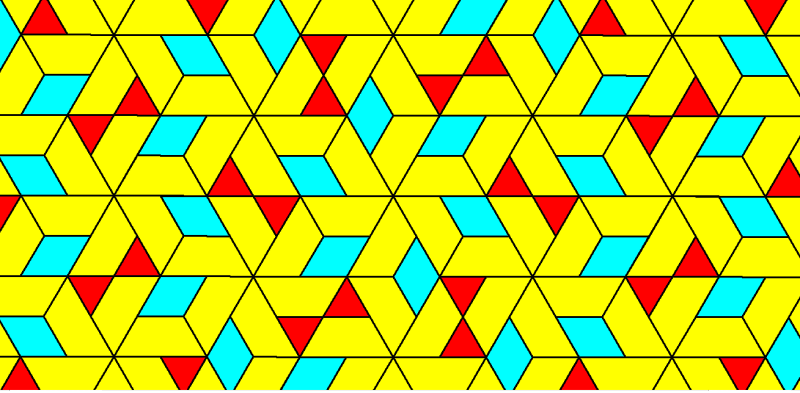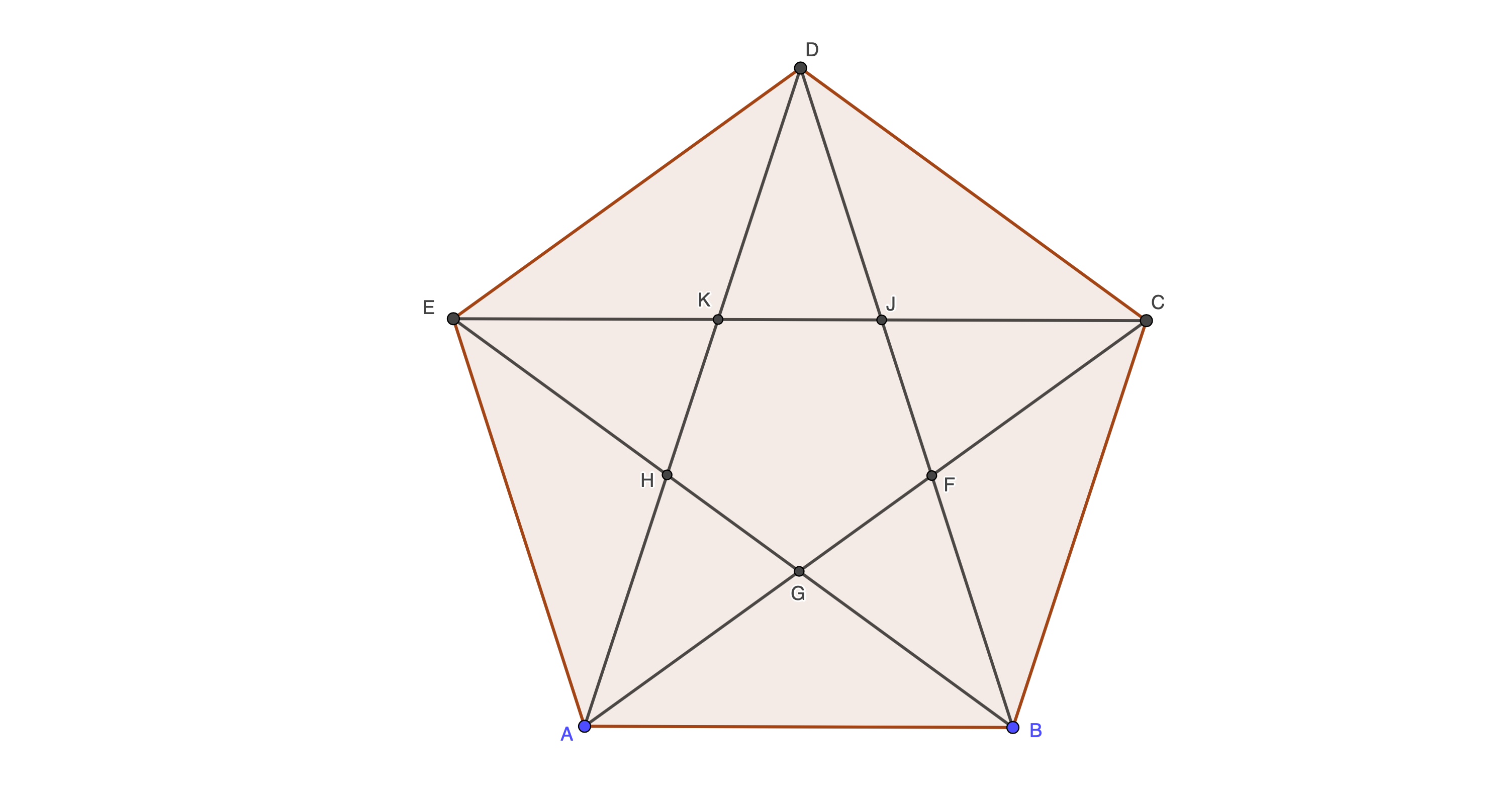
How Many Diagonals Does A Nonagon Have – . A nonagon is also called an anagon. In many ways the name Anegon is more accurate, as it uses Greek roots in both of its prefixes.
The nonagon is rarely used in most geometric text, but the shape around it is, whether you’re looking at a regular nonagon or an irregular nonagon.
How Many Diagonals Does A Nonagon Have
A nonagon has nine straight sides of equal length. If all the sides are the same length, you have a regular octagon. If the sides differ in length, you have an irregular octagon.
Digital_loom — The Prismatic Textile Project
Irregular nogons can have sides of different lengths and internal angles of different shapes. But strange figures also resemble these noggins;
Malcolm has a master’s degree in education and holds four teaching certificates. He was a public school teacher for 27 years, including 15 years as a math teacher.
Parallel and Perpendicular Lines Transversals, Angles, and Definitions Angles, Parallels, and Transversals How to Draw Parallel Lines Parallel Perpendicular Requirements Perpendicular Polygons Types of Polygons What is a Regular Polygon? Diagonal Formula How to Find the Perimeter of a Quadrilateral Polygon How to Find the Area of a Regular Polygon and the Perimeter How to Find the Angle of the Sum of the Interior and Exterior Angles of a Triangle Decagon: Sides, Shapes, and Angles Dodecagon: Sides, Area, and Angle Cube: Definition, Size, Area, and Properties
Geometric Ratios and Ratios Mid-Angle Bisector Theorem How to Solve Triangle Ratios Variable Congruence Theorem What is a Right Triangle? Pythagorean Inverse Pythagorean Theorem What is the Pythagorean Triple Polygon?
Hot Pink Nonagon
Get better grades with tutoring from top-rated professionals. 1-to-1 lessons for training, flexible schedule. help quickly Want to see math near you? A polygon is a mathematical figure bounded by straight lines. Poly means a number in Greek, gon means angle. The number of diagonals in a polygon is calculated using the diagonal polygon formula. The most basic polygon is a triangle with three sides and three angles that subtend 180 degrees.
This article will discuss the definition of a polygon, diameter, types of polygons, and formulas for finding the number of diagonals in a polygon.
Any two-dimensional object that has only straight sides that are closed in space and no sides that cross each other is a simple polygon (if they do, it’s a complex polygon). A polygon is a triangle. These include a polygonal arrow, a kite, a square and a star. Convex and convex polygons are two types of regular polygons.

A line joining a vertex to a non-adjacent vertex is called a diagonal of the polygon. The simplest polygon, a triangle, has no diameter. We cannot draw a line from an interior angle to another interior angle of a triangle. A quadrilateral has two diagonals, the second is the simplest diagram. A pentagon has five diagonals, whether regular or irregular, and a hexagon has nine diagonals.
Matthew Andersen On Linkedin: Preparing Your Incident Response Team For Container Incidents
Diagonals are always inside a convex, regular polygon. Understand the shape of the rectangular door. A line can be drawn from the upper hinge to the opposite hinge to the lower corner. A line can be drawn from the bottom of the polar corner to the top of the opposite corner. Two such diagonals will be drawn.
Concave diagonals, simple polygons, extending beyond the polygon, crossing the sides and lying partially in the outer figure. There are still diameters, though. Concave polygons with diagonals beyond their shape are common in spokes and spokes.
We can enumerate all possible diagonals of a basic polygon with certain sides. Polygons can be calculated as they become more complex.
Fortunately, there is a simple formula for determining how many diagonals a polygon has. Since each vertex is connected to two other vertices by sides, those connections cannot be considered diagonals. Even that end cannot be attached to itself.
File:2 Generalized 5 Orthoplex.svg
So we will remove the number of diagonals of the three sides available (n). We don’t want to count the same diameter twice. So it will be divided into two.
For example, a quadrilateral only has two diagonals if you don’t include two adjacent sides and it can’t even join a vertex.
Therefore, for a regular square polygon (n), the number of diagonals can be obtained using the following formula:

The length of the diagonal of a rectangle is the square and cube of the diagonal of the rectangle if (l) is the length of the rectangle, & (b) is the width of the rectangle.
File:10 Simplex T0 A8.svg
Diagonals in rectangles, as well as diagonals in streets, provide strength to the structure of a building, whether it is the wall of a house, a bridge, or a sloped structure. You noted the diameter of the ropes used to stabilize the bridges. Look for the diameter to include the door in the construction to keep the door straight and true.
Diagonal dowels are used to cut bookcases and poles. When a catcher throws a runner to second base in softball or baseball, the catcher throws diagonally from home plate to second base.
This course is measured by the diameter of the phone or computer screen you are viewing. The width and height of the guides (21″) is never specified; it is from corner to corner.
Q. 1. A vertex in a (20) square polygon does not send any diagonals. Find how many diagonals are (20)-
Google: We’re Making The Chrome Browser ‘more Helpful’ By Using Machine Learning
But since a vertex does not send any diagonals, the diagonals through that vertex must be reduced by the whole number of diagonals.
In a polygon it is known that each vertex (right)) forms a diagonal. In this polygon, each vertex forms the diagonal (left) = 17).
Since the vertex does not send any diameter (1), the total diagonals in this polygon will be (sine()= 153) diagonals.

Now the possible diameters of the square polygon are (11), including its sides. Therefore, subtracting the sides, the diameter will give the total content of the polygon.
Regular Polygon Png Images
Q. 3. If a polygon has diameters, how many sides does it have? Answer: Set the number of sides of the given polygon (n.)
Q.4 A single vertex in polygon (12) has zero square diameter. Calculate the number of diagonals in the square polygon (12). Answer: We know.
Now, given that a vertex has no diameter, it is necessary to subtract the number of diagonals of that vertex from the total number of diagonals.
In a polygon, each vertex diagonal makes (left)) diagonals, so each vertex diagonal in a polygon (12) sides makes (right) = 9) diagonals.
Flat Vector Decagon Illustration Golden Decagon Stock Vector (royalty Free) 1522978625
Q.5. The diameters of the polygon are You will recognize the number of sides in a polygon. Answer: We know.
We learned a lot about the diagonals of polygons, which are important. Now we know how to get the diagonals of any polygon and real examples and how to apply the method. We also arrived at the lengths of diagonals in cubes, squares and rectangles using the diagonal formula.
Q. 1. What is the formula for a polygon? Answer: The formula for finding the number of diagonals of a polygon is (ntfracrectum)}})

Q.2. How do you find the number of sides of a polygon with the number of diagonals? Answer: If you know how many diagonals a polygon has, you can calculate how many sides the formula for the number of diagonals of a polygon with (n) sides uses. For example (54), find the number of sides in a polygon with diameter.
A Method For Finding The Lengths Of All The Diagonals Of A Regular Polygon
This is a quadratic equation that can be solved using either the quadratic equation or the quadratic formula.
We know that this polygon must have sides because a polygon cannot have a negative number of sides.
Answer: A line drawn from the lower left corner to the upper right corner of a square is an example of a diameter. Diagonal dowels are used to cut bookcases and poles.
We hope this unique article on Polygon Diameter Formula has helped you in your studies. If you have any questions, queries or suggestions regarding this article, feel free to ask us in the comment section and we will be happy to assist you. Happy training! This is the first of what I hope will be a long series of short blogs called Tutor Tales Blogs.
Periodic Trajectories In The Regular Octagon
The idea is that while I’m tutoring I get ideas or insights about how to help students, and then I write a short blog entry on that experience, preferably on the day of the event.
I hope these tutor stories give you examples of approaches to math that help students (or don’t, depending on what I did), and give you a chance to reflect on your own teaching. are
When I first entered Tutor Tails, I saw how useful using color in geometry could be.

Girl I had a problem: Check how many diagonals can be drawn inside a regular, convex nine-sided polygon.
File:achtzehneck Mit Diagonalen.svg
He had already seen that this girl wanted color, and she was 17 years old. So I had Geeber open to test color combinations.
We first created a non-agon by drawing A
How many diagonals does a decagon have, how many diagonals in an octagon, how many diagonals does a parallelogram have, how many sides does a nonagon have, how many diagonals does a quadrilateral have, how many diagonals does a rhombus have, how many diagonals does a octagon have, how many diagonals does a convex quadrilateral have, how many diagonals does a hexagon have, how many diagonals does a hendecagon have, how many lines of symmetry does a nonagon have, how many diagonals does a pentagon have
